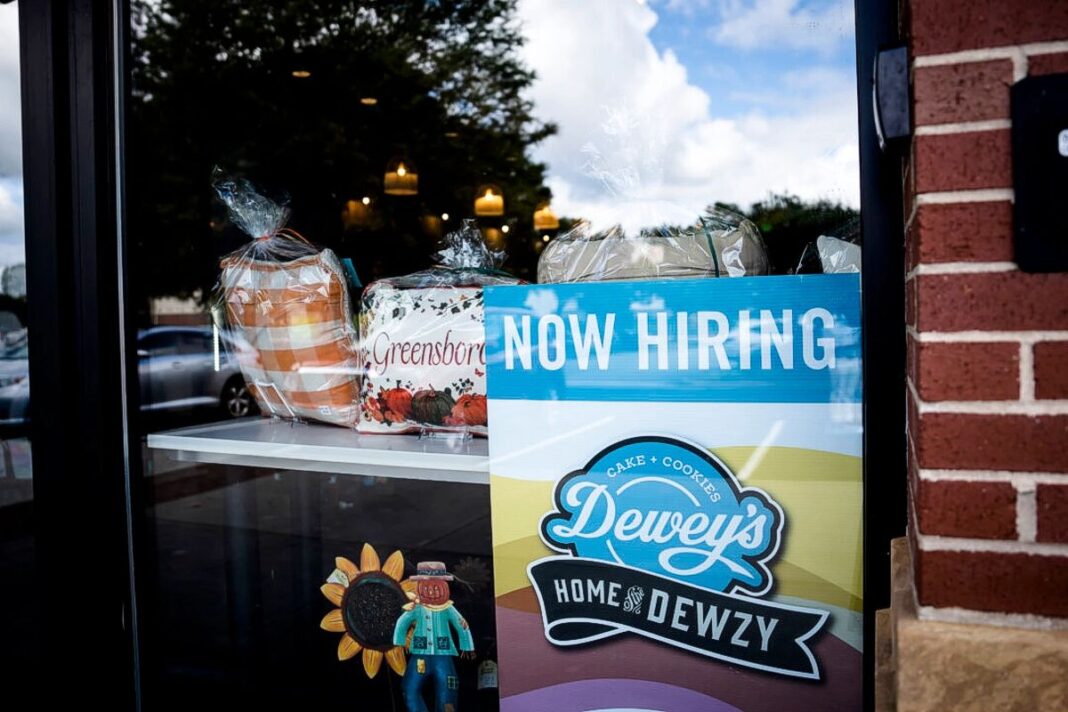This comes two days before the highly anticipated May jobs report.
The U.S. private sector implemented a hiring freeze last month, as payrolls rose at the lowest level in more than two years.
Payroll processor ADP reported that private employers rose by 37,000 in May, marking the smallest increase since March 2023. This is down from the downwardly adjusted 60,000 in April.
Last month’s reading came in below the consensus forecast of 110,000.
The goods-producing industry lost 2,000 jobs, primarily in natural resources and mining (negative 5,000) and manufacturing (negative 3,000). The service-providing sector accounted for last month’s gains, driven by hiring in financial activities (20,000) and information (8,000).
“After a strong start to the year, hiring is losing momentum,” Nela Richardson, the chief economist for ADP, said in the report.
“Pay growth, however, was little changed in May, holding at robust levels for both job-stayers and job-changers.”
The median change in annual pay for job-changers and job-stayers was 7 percent and 4.5 percent, respectively.
Following the ADP numbers, President Donald Trump urged Federal Reserve Chair Jerome Powell to cut interest rates.
“ADP number out!” Trump wrote in a Truth Social post. “Powell must now lower the rate. He is unbelievable! Europe has lowered nine times.”
Since returning to the White House, Trump has repeatedly requested that Powell and the Federal Reserve lower interest rates to support the economy.
Mixed Employment Data
This comes two days before the May non-farm payrolls report. The consensus estimate suggests the U.S. economy created 130,000 jobs and the unemployment rate held steady at 4.2 percent.
The monthly employment numbers do highlight the usual divergence between the ADP and Bureau of Labor Statistics labor data. The former relies on payroll data from ADP’s clients in the private sector, while the latter depends on surveys of businesses and households, as well as government jobs.
Meanwhile, the latest batch of numbers has sent mixed signals in the broader jobs arena.
“While the full negative impact of tariffs has yet to show up in overall labor demand, more weakness is likely to emerge,” Tuan Nguyen, an economist at RSM US, wrote in a June 3 note. “The job openings data, which tends to fluctuate, may begin to reflect a different picture as the full effects of tariffs filter through the economy.”
By Andrew Moran








